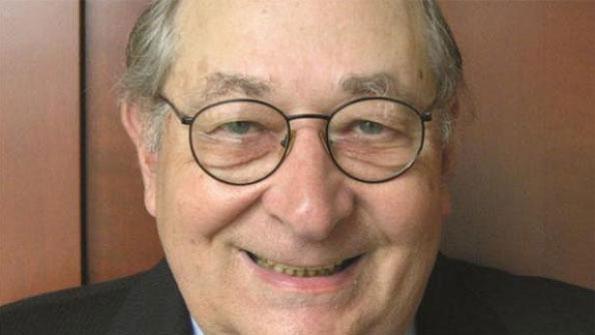Knowing value when you see it
For the better part of my purchasing career, I tried to strike a balance between best value and good service. I would purchase goods from authorized distributors, contract for repairs of operating equipment from manufacturer-authorized repair facilities and generally follow what I considered good purchasing practices. There's the rub: It was what my organization and I considered good practices.
When it came to defining service and value, we were proud of our use of concepts such as honesty, fairness, integrity and the like but found them difficult, if not impossible, to quantify. We would use adjectives such as excellent, very good, good, fair and poor to evaluate a bidder's proposal. We tried to assign a numerical rating to each and add up the scores. We Buyers love numbers – the larger the number, the more points, thus the better Proposer. But that's not always true. A numerical rating system, while apparently precise, can obscure the strengths, weaknesses and risks of a Proposer.
At times we would ask for a narrative to be used in conjunction with a rating to assess qualifications. We thought it would provide a reasonable and rational basis for determining a Proposer. But how could I determine deficiencies or weaknesses based on the Proposer's own language? Being concerned with words my entire life, how do I know if a less-qualified Proposer just has someone on staff who is a better writer than a more-qualified Proposer?
I had a sinking feeling and didn't know if I was making a best judgment or a colossal mistake about a Proposer (which I couldn't define). It's almost like using the standard set by Justice Potter Stewart when ruling on a completely unrelated subject: “I know it when I see it.” But the feeling remained with me.
The key here is, after reviewing the facts, “I know it when I see it” is a standard best applied by professionals. Based on our experience, knowledge, research and intangibles we can't define at times, we make a best judgment on a Proposal or a service. But what happens if our judgment backfires, or worse yet, it's a completely bad decision? I think that's why we have Committees who make these judgments and a management structure that can approve or change our decisions.
How do we train the next generation of Professionals to do a better job at this? Yes, to do a better job! I've always felt that we should pave the way for those who follow us by setting standards. Not for them to meet, but for them to exceed!
Do we start taking this seriously by actively discussing the subject? Or do we continue to hold classes on teaching the elements of a Contract? Or hold a primer on Request for Proposals? It's time to look to the future of our profession and train those who follow us to do more and do it better. It should be our legacy. When we are in the Old Buyer's Home drinking our afternoon tea and talking about our successes, the new Buyers should come and visit, pat us on the head, smile, and tell us how they exceeded our standards and expectations.
Frederick Marks, CPPO, VCO, is a retired purchasing officer who has held positions as a supervising buyer for the Port Authority of New York and New Jersey as well as director of material management for Northern Virginia Community College. Contact Marks at [email protected].




















